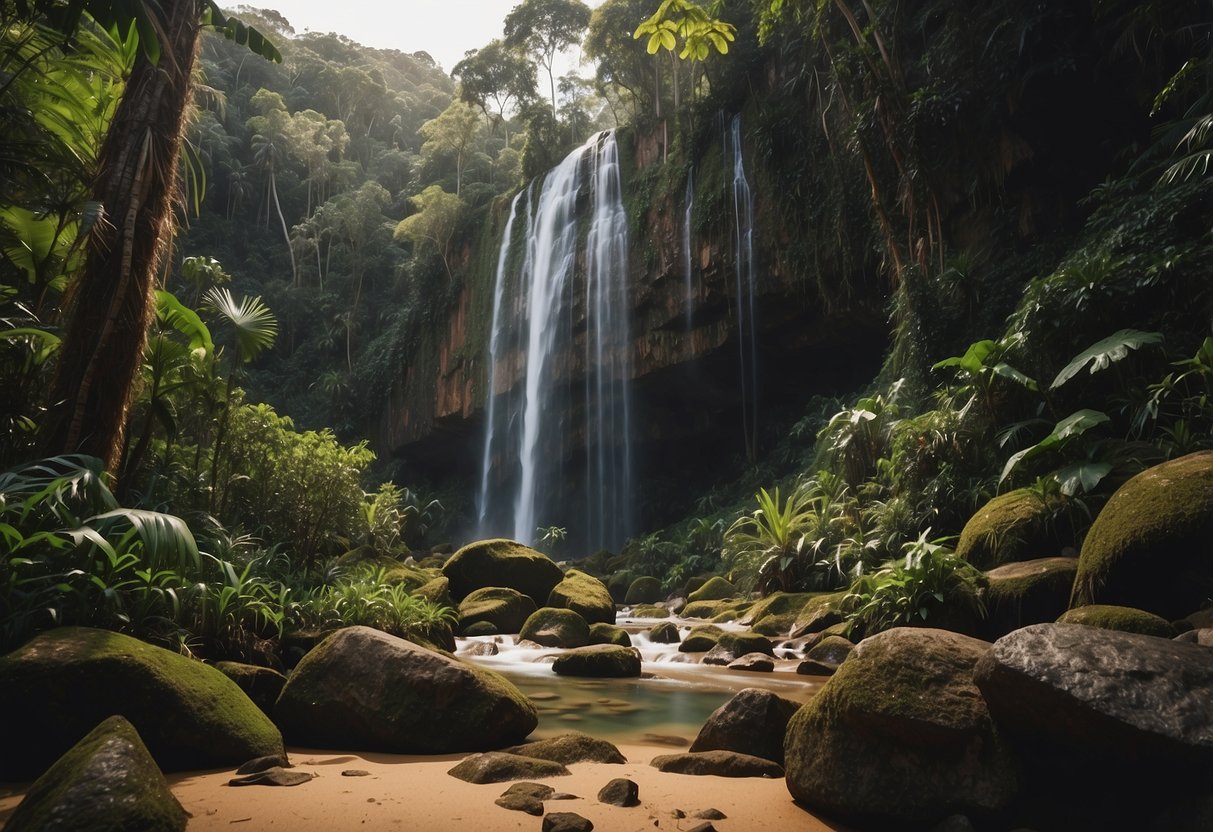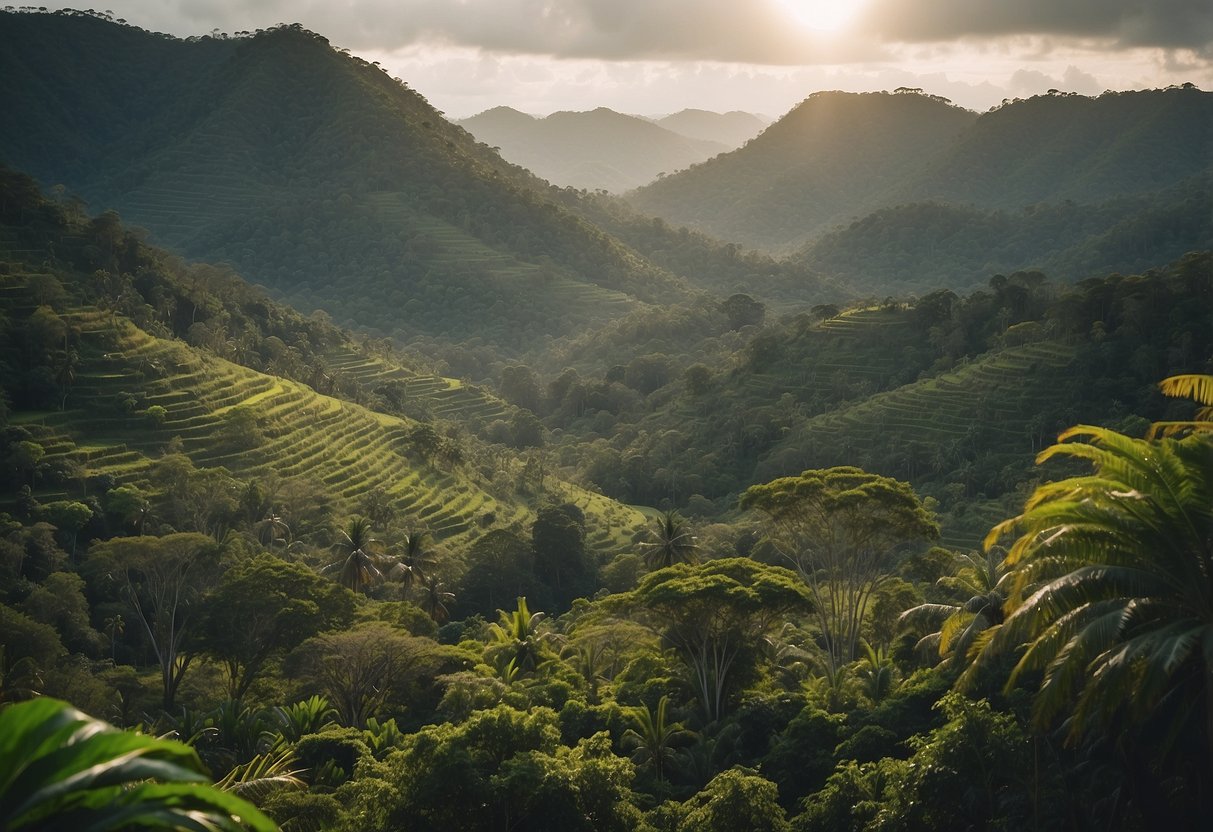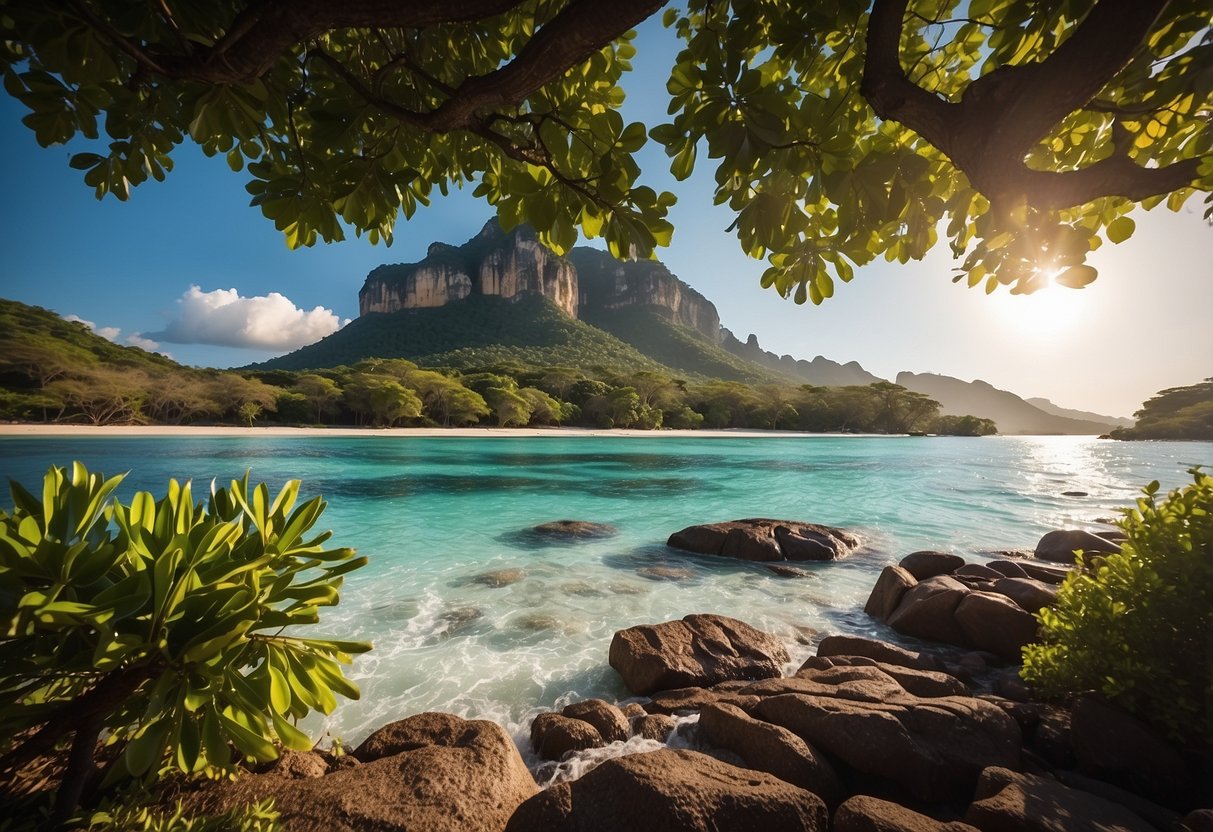
Cultural Possibilities in Madagascar

Madagascar’s culture is as diverse as its landscape, offering deep insights into its traditions, music, dance, and historical significance. This exploration focuses on local traditions, the role of music and dance, and the island’s historical landmarks that provide a window into its rich past.
Experiencing Local Traditions and Lifestyle
Encountering the local traditions of Madagascar reveals a vibrant cultural tapestry. The Malagasy people celebrate numerous festivals and rituals, such as the Famadihana or “turning of the bones,” where they honor ancestors by rewrapping their remains and dancing with them.
Daily life exhibits a deep-rooted respect for nature, as seen in agricultural practices and the reverence for sacred forests. The locals often engage in communal activities, reflecting strong social bonds. Traditional crafts, like weaving and woodworking, are integral to their lifestyle. Visitors are welcome to participate in village life, offering a unique opportunity to immerse themselves fully in Malagasy culture.
The Importance of Music and Dance
Music and dance hold a paramount place in Malagasy culture, acting as vital mediums for expression. Malagasy music is characterized by the use of instruments like the valiha (a bamboo tube zither) and the marovany (a box zither). These instruments create a distinctive sound that has influenced various musical genres across the island.
Dance is equally significant, with traditional dances like the hiragasy often performed during celebrations. These performances typically involve elaborate costumes and are accompanied by storytelling, highlighting the folklore of the island. Participating in or observing these cultural events offers a profound appreciation for the rhythms and melodies that define Madagascar’s artistic heritage.
Historical Sites and Museums
Madagascar’s historical sites and museums provide a tangible connection to its past. The Rova of Antananarivo, a royal palace complex, stands as a testament to the island’s monarchical history and architectural ingenuity.
Various museums, such as the Musée d’Art et d’Archéologie in Antananarivo, house artifacts that chronicle the island’s ancient civilizations and colonial history. These institutions offer detailed exhibits on everything from early human settlements to the influence of European explorers. Exploring these sites allows visitors to gain a comprehensive insight into the historical and cultural evolution of Madagascar.
Exploring the Landscape

Madagascar’s diverse landscape ranges from lush rainforests to dry southern plateaus and iconic baobabs. Unique geological formations make the island a haven for natural wonders.
From Rainforests to Dry Southern Plateaus
Madagascar’s rainforests are teeming with biodiversity, featuring unique flora and fauna. These forests, such as those in the Andasibe-Mantadia National Park, are home to lemurs, chameleons, and countless species of birds and insects. Moving south, the landscape transforms dramatically. The dry plateaus, characterized by sparse vegetation and rugged terrain, create a stark contrast to the northern forests. This transition highlights the island’s ecological diversity and the variety of ecosystems within a relatively small geographical area.
Iconic Baobab Trees
Baobab trees are perhaps the most recognizable feature of Madagascar’s landscape. These trees, with their massive trunks and root-like branches, are especially prominent along the Avenue of the Baobabs near Morondava. This natural gallery of towering giants offers a breathtaking view, especially at sunset. Baobabs are not only remarkable for their appearance but also for their ecological significance. They provide habitat and food for various species and have adapted uniquely to the island’s climatic conditions.
Unique Geological Formations
The island’s unique geological formations, such as the Tsingy de Bemaraha, offer some of the most stunning natural sites. Tsingy, which means “walking on tiptoes” in Malagasy, describes the sharp limestone formations that make up this UNESCO World Heritage site. Navigating through these needle-like structures is an adventure, providing spectacular views and opportunities for exploration. The remarkable rock formations, coupled with the diverse terrain, contribute to Madagascar’s status as a destination full of geological marvels.